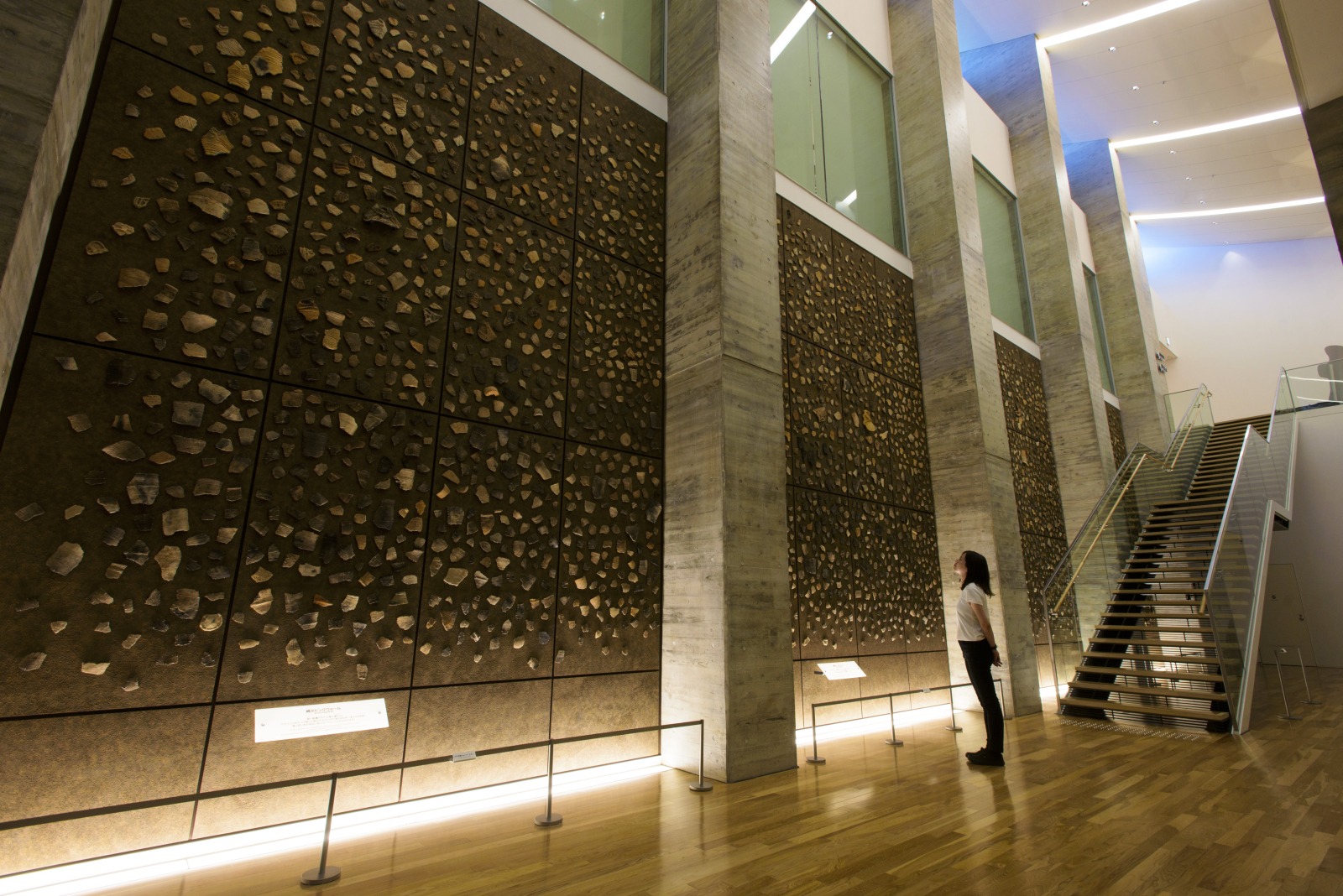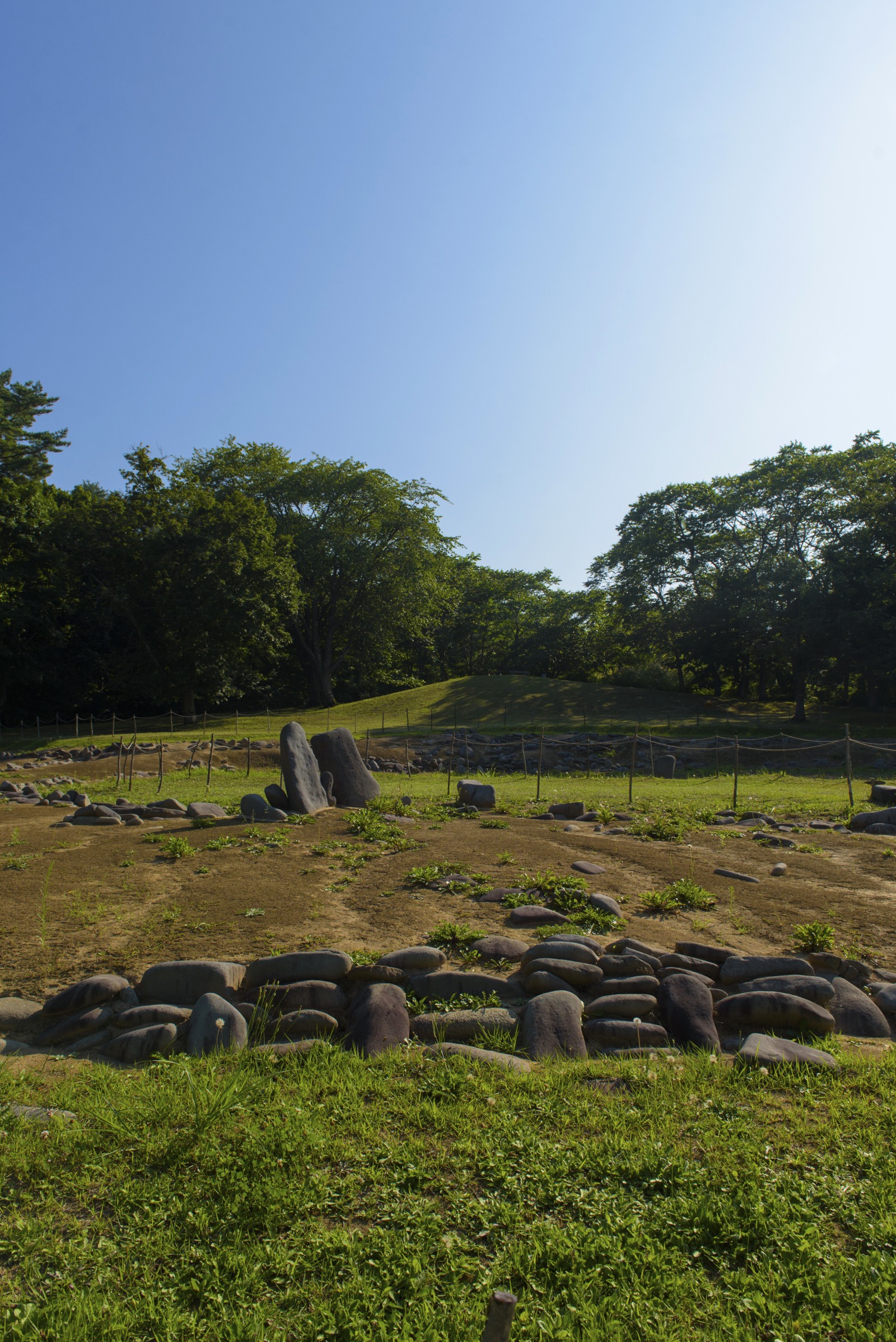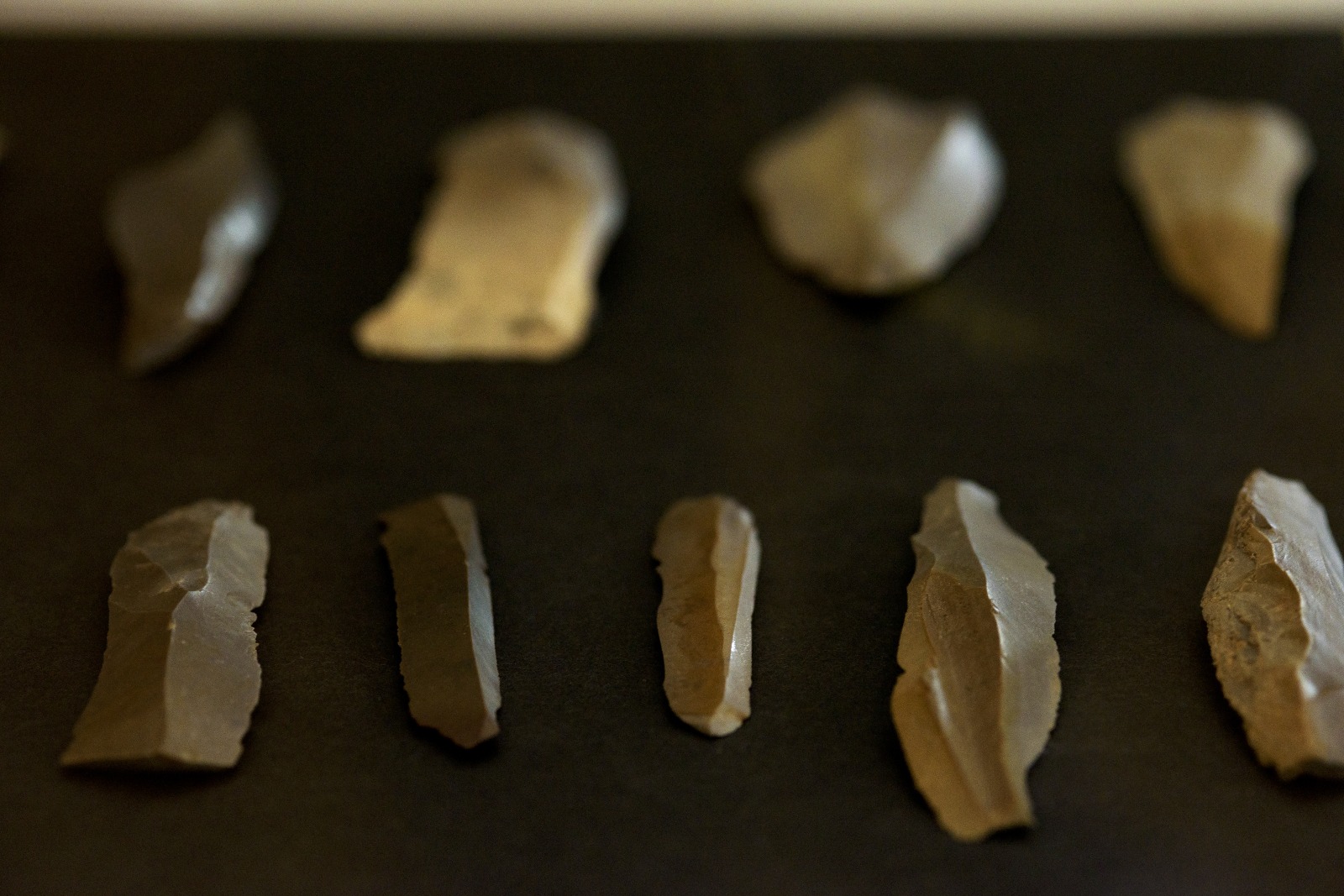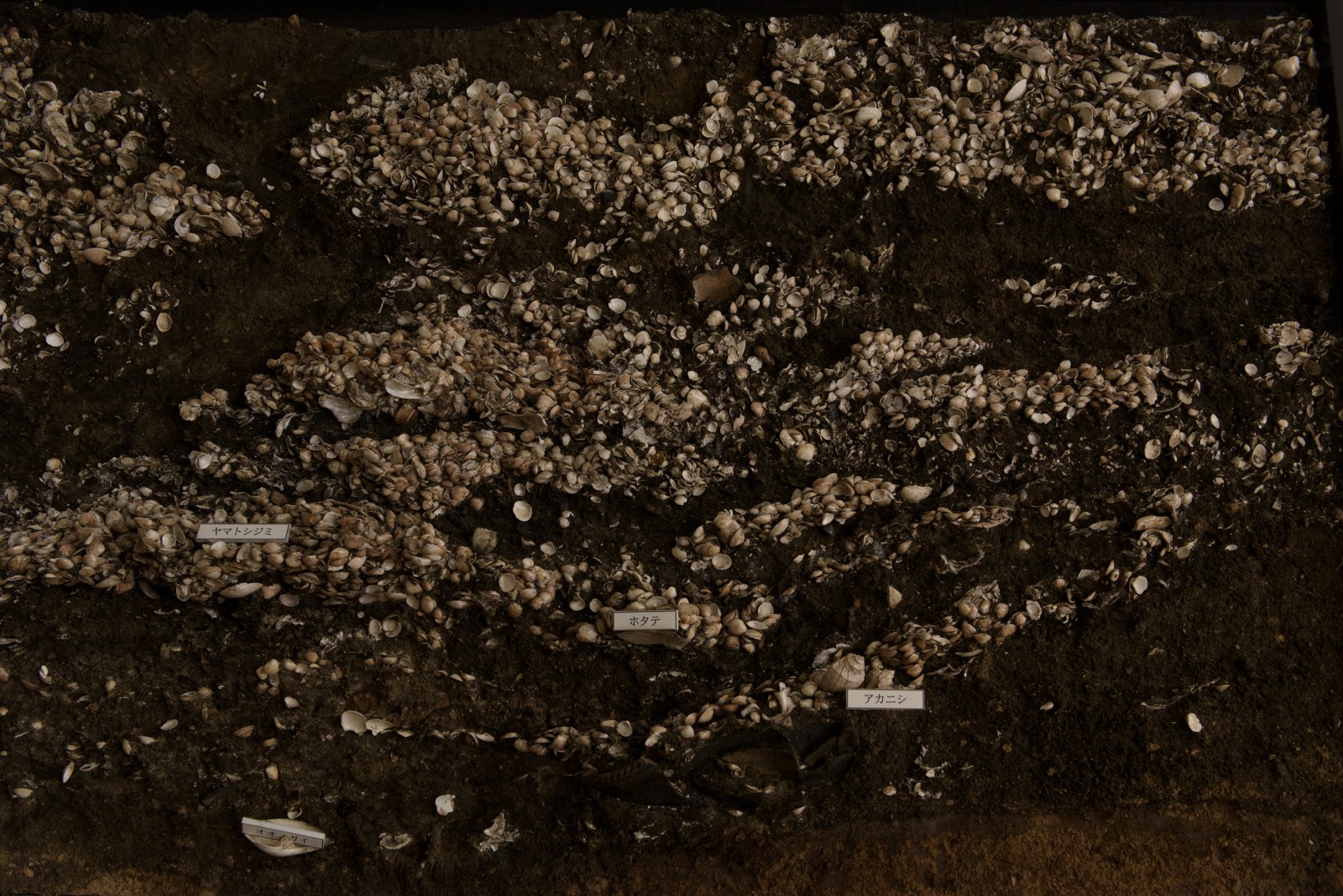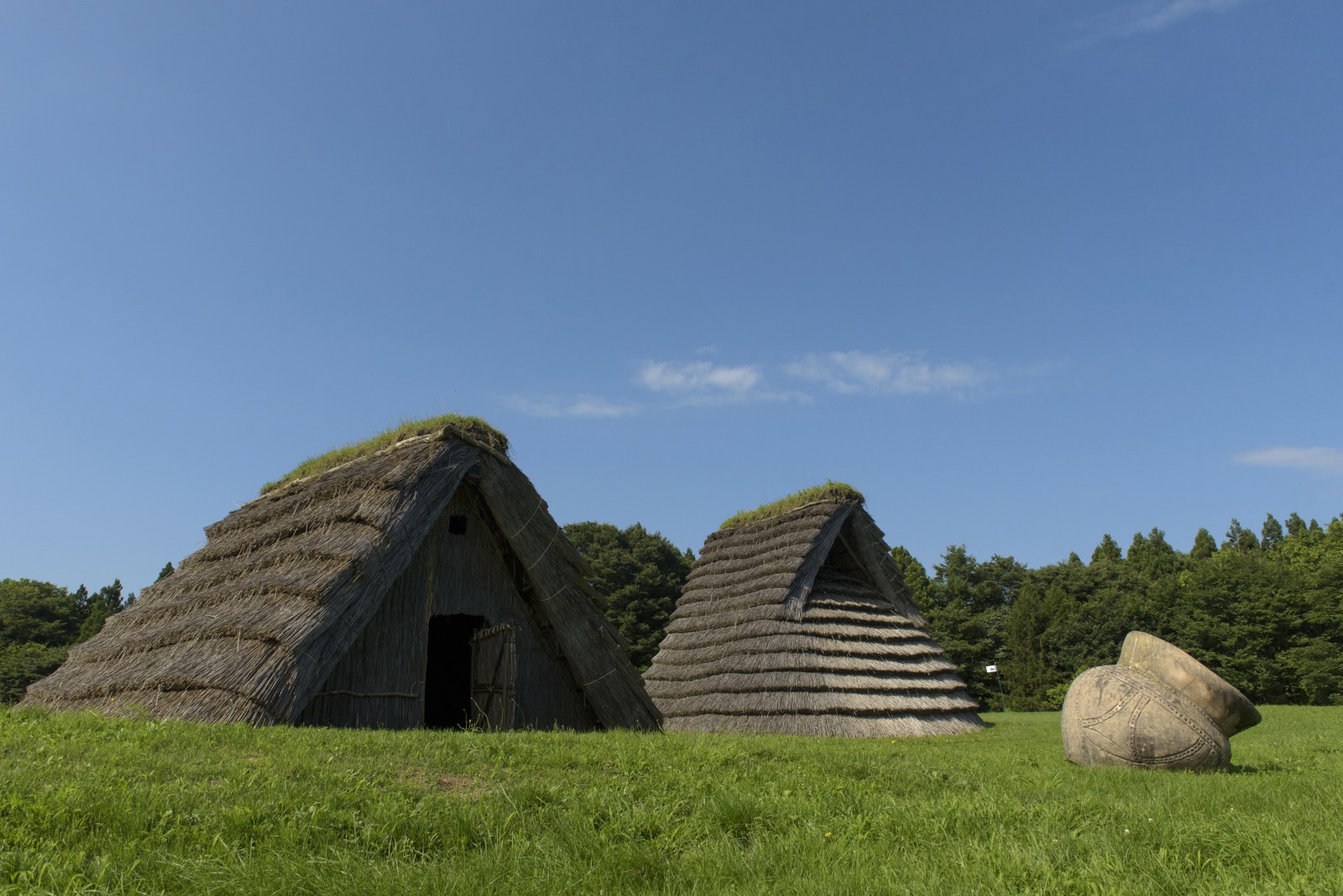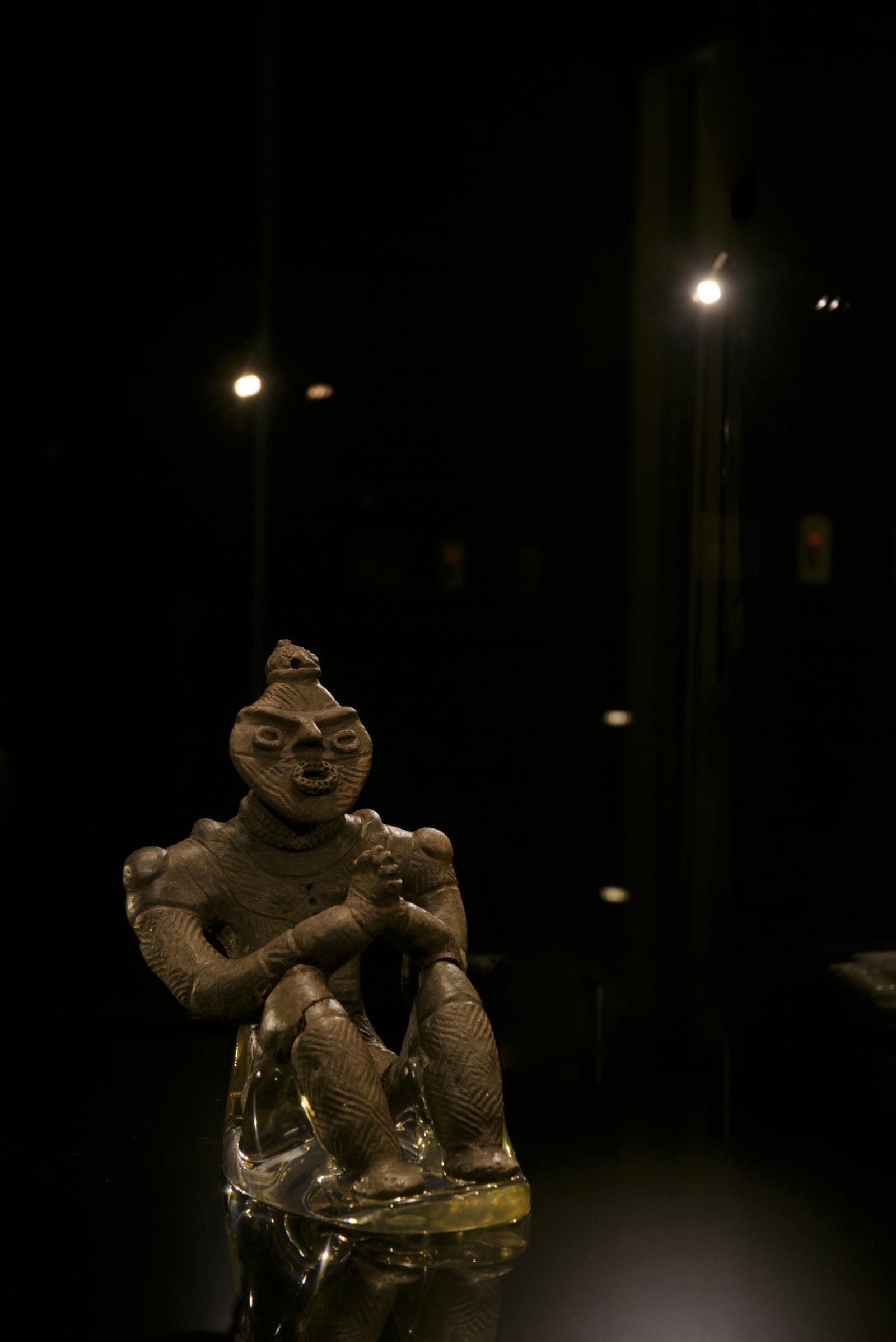A journey to Jomon-World Heritage Sannai Maruyama Site
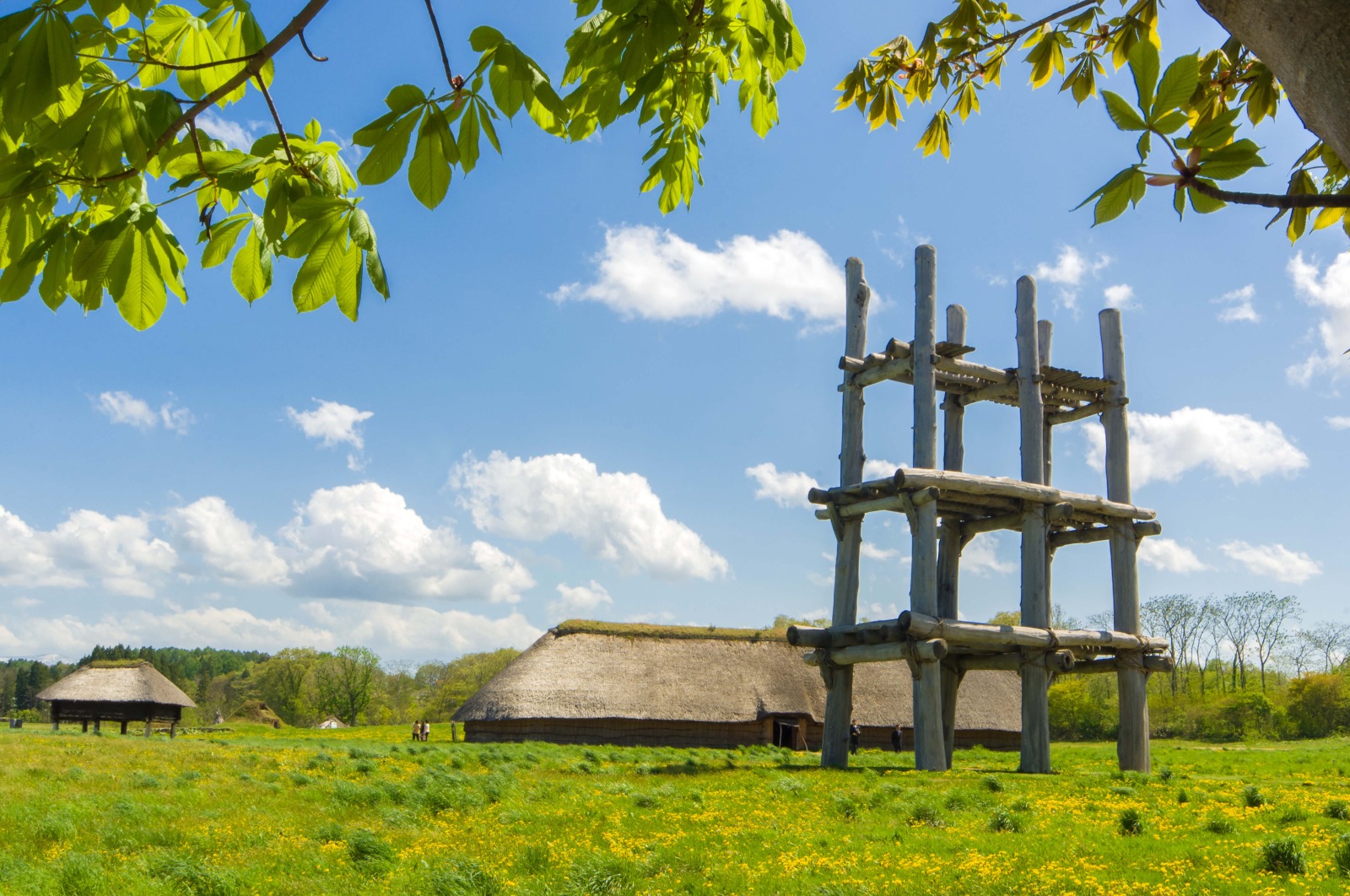
Sannai Maruyama Site
Experience a Jomon village
A trip to the Jomon ruins in Aomori Prefecture is best started from the Sannai-Maruyama Ruins.
This site is a Jomon settlement that lasted for about 1,700 years.
The highlight of the site is a large, reconstructed dugout pillar building.
The six pillars are 15 meters high and about 1 meter in diameter, and are made of chestnut wood.
In addition to a huge number of earthenware and clay figurines, animal and fish bones that show the diet of the Jomon people have been unearthed from the ruins.
Excavations are still underway, and new discoveries are expected in the future.
A large wall 6m high and 18m wide in the exhibition facility is covered with 5120 pieces of authentic excavated pottery.
The wall is covered with 5120 pieces of real pottery that were excavated. The age of the pottery goes back from the top layer to the bottom layer, and you can see the difference in color depending on the era.
Komakino Site
Where were the stones transported from?
The Komakino Site is a ruin from the first half of the late Jomon period (about 4,000 years ago).
An annular sequence of stones has been created.
Four coffins were buried in the ringstone and there were more than 100 graves in the vicinity, which is why it is considered a special place.
Ohira-Yamamoto Site
Pottery fragments tell the beginning of the Jomon
Daisen Furusato Shiryokan (Daisen Furusato Museum) is a museum that occupies the site of a former elementary school. The oldest piece of pottery in Japan, from the beginning of the Jomon period, is displayed here. It was dated from about 15,000 years ago.
The Ohira-Yamamoto Site is an important archaeological site where you can feel the transition from the Paleolithic Age to the Jomon Age.
Kamegaoka Stone Age Site
Home of the world-famous "Shakoki-Dogu" (clay figurine)
Shakoki-Dogu is a clay figurine with unique eyes and a plump figure.
This clay figurine, which is unforgettable once you see it, was excavated from the Kamegaoka Stone Age Site.
The artifacts excavated from this site have been prized as works of art since the Edo period (1603-1868), and were even exported overseas.
Omori Katsuyama Site
Sense a oneness with Mount Iwaki
See stone circles reminiscent of the Jomon period.
The beauty of the Omori Katsuyama Site lies in its scenery.
Beyond the large stone circle made of 1,200 pieces of stone, you can see a beautiful view of Mt Iwaki and imagine if the Jomon people enjoyed the same scenery.
Futatsumori Shell Mound
A Peek into Jomon Life
The Futatsumori Shell Mound is the remains of a settlement with shell mounds from about 5,500 to 4,000 years ago.
At that time, the site was surrounded by the sea, and the area was blessed with food such as shellfish and fish.
The burial remains of a young dog have also been found, giving us a glimpse of life in the Jomon period.
The ruins have been developed as the Futatsumori Shell Mound Historic Site Park, and a pit dwelling has been restored.
At the information center on the site of the shell mound, explanatory panels about the shell mound and pottery fragments are on display.
Korekawa Stone Age Site
Admiring the deep red of the lacquer and the beauty of the forms.
Sophisticated earthenware and clay figures have been excavated from the Korekawa Stone Age site.
The most representative type of artifact from this site is lacquerware.
The Korekawa Jomon Museum displays a particularly fine collection of lacquerware, which is a sight to behold.
Also on display is the National Treasure "Gassho Dogu".
Seeing the figure sitting alone in the large National Treasure exhibition room, you can't help but imagine the wishes that the Jomon people put into this clay figurine.
In July 2021, the "Jomon Monuments of Hokkaido and the Northern Tohoku Region (Hokkaido, Aomori, Iwate and Akita Prefectures)" were registered as a World Heritage Site.
The Jomon culture is said to be the origin of the Japanese people.
The Jomon culture, which is said to be the origin of the Japanese people, has been found to have settled in groups of up to 500 people, and it is becoming increasingly clear that an advanced culture existed.
A trip to Aomori’s Jomon past is a great way to experience the newly discovered ancient history and the high level of artistry of the Jomon people — it is highly recommended.

